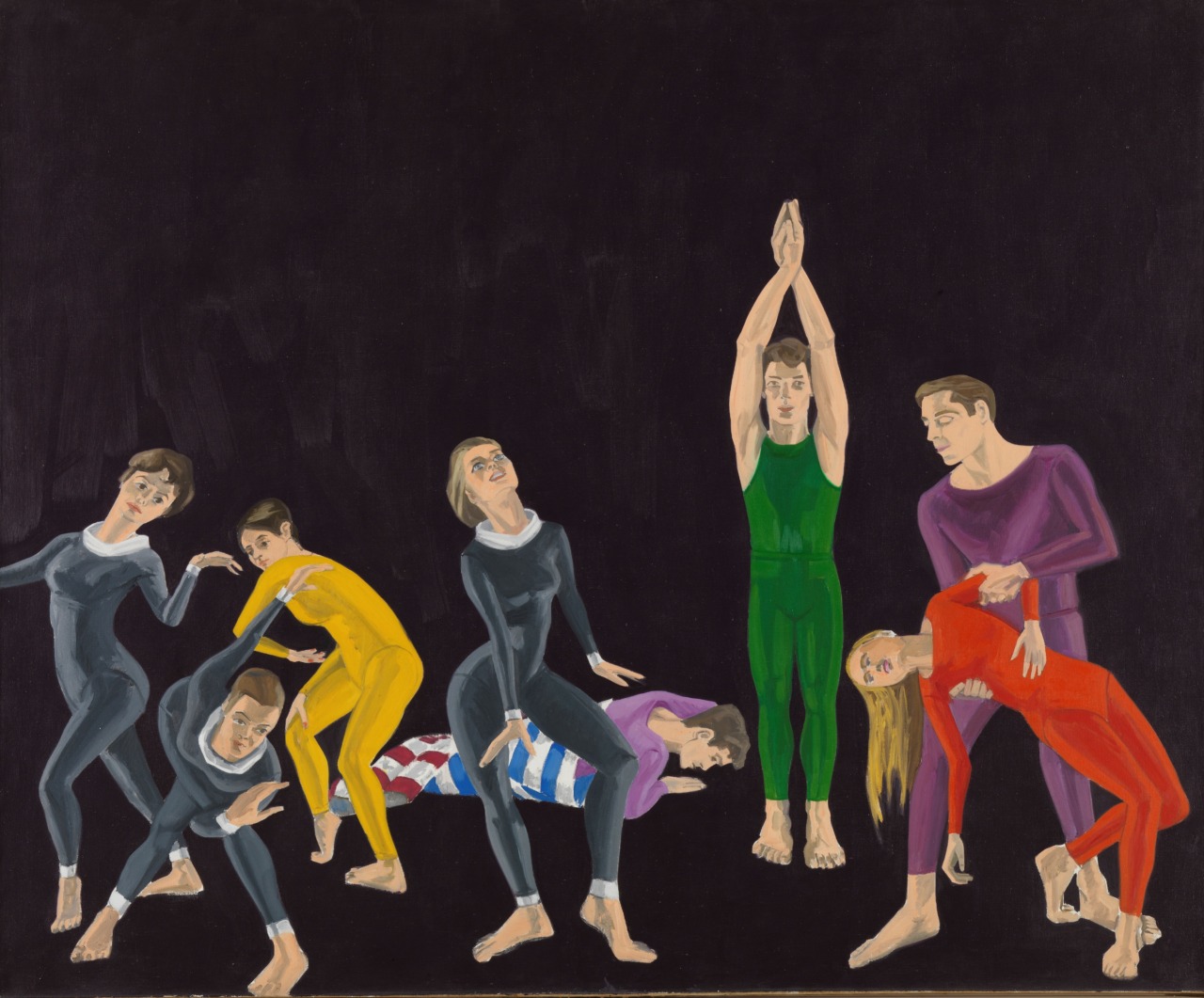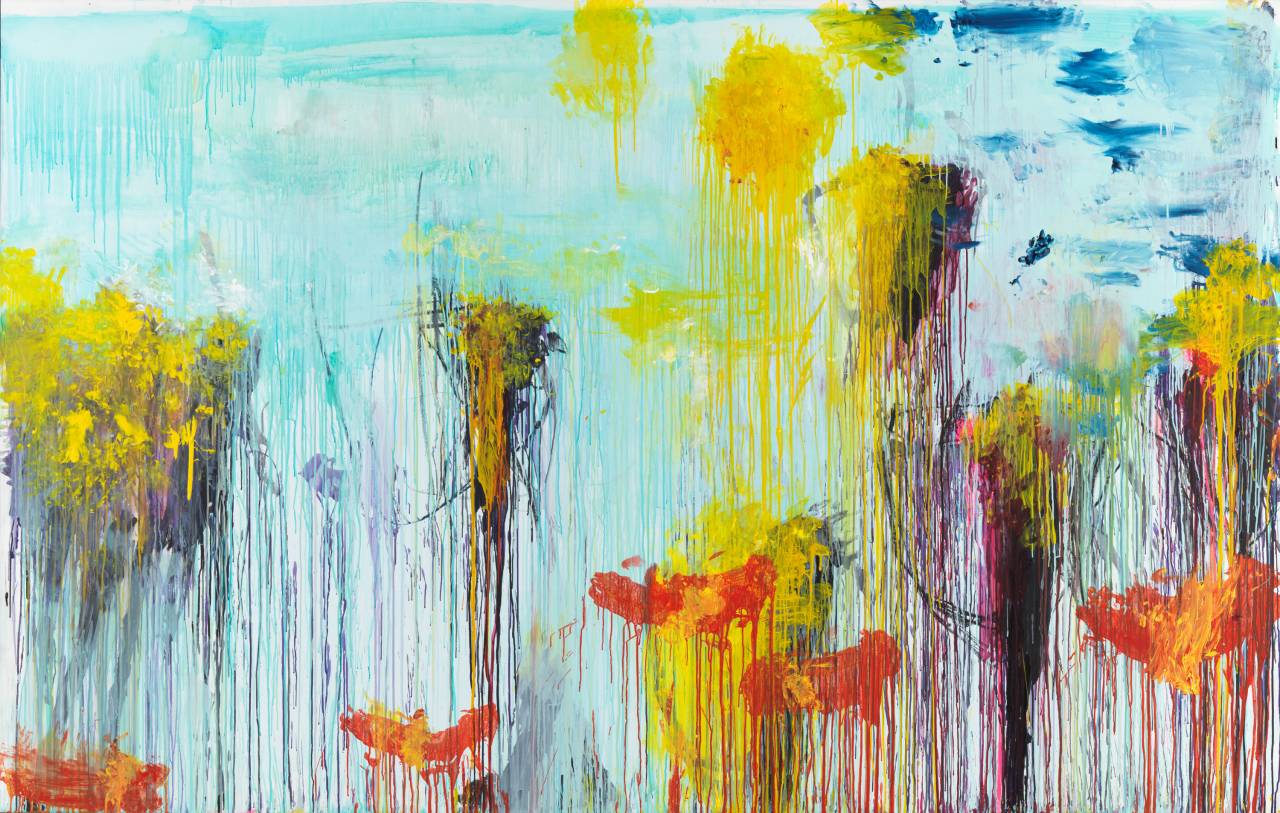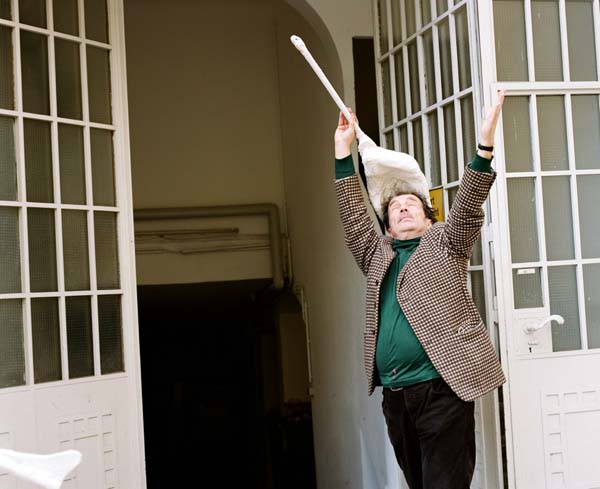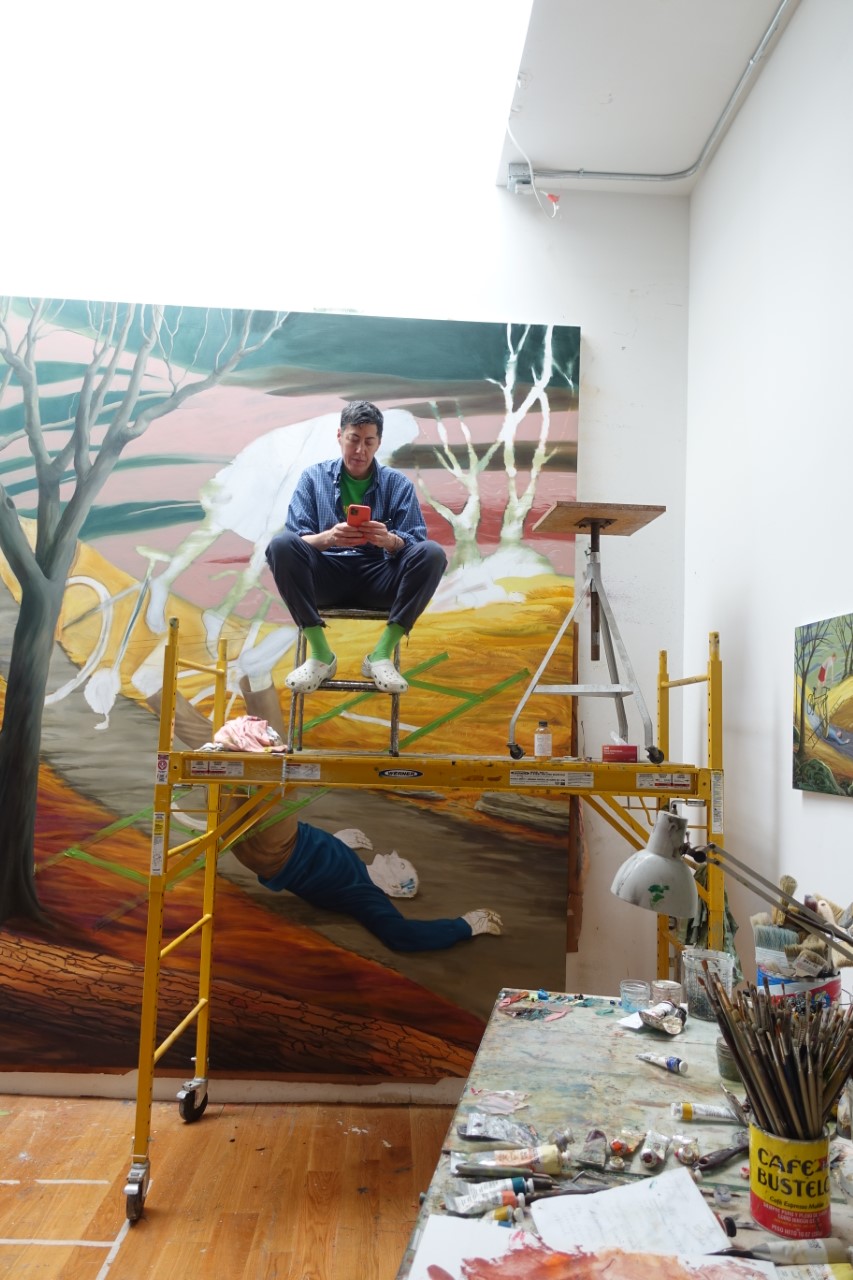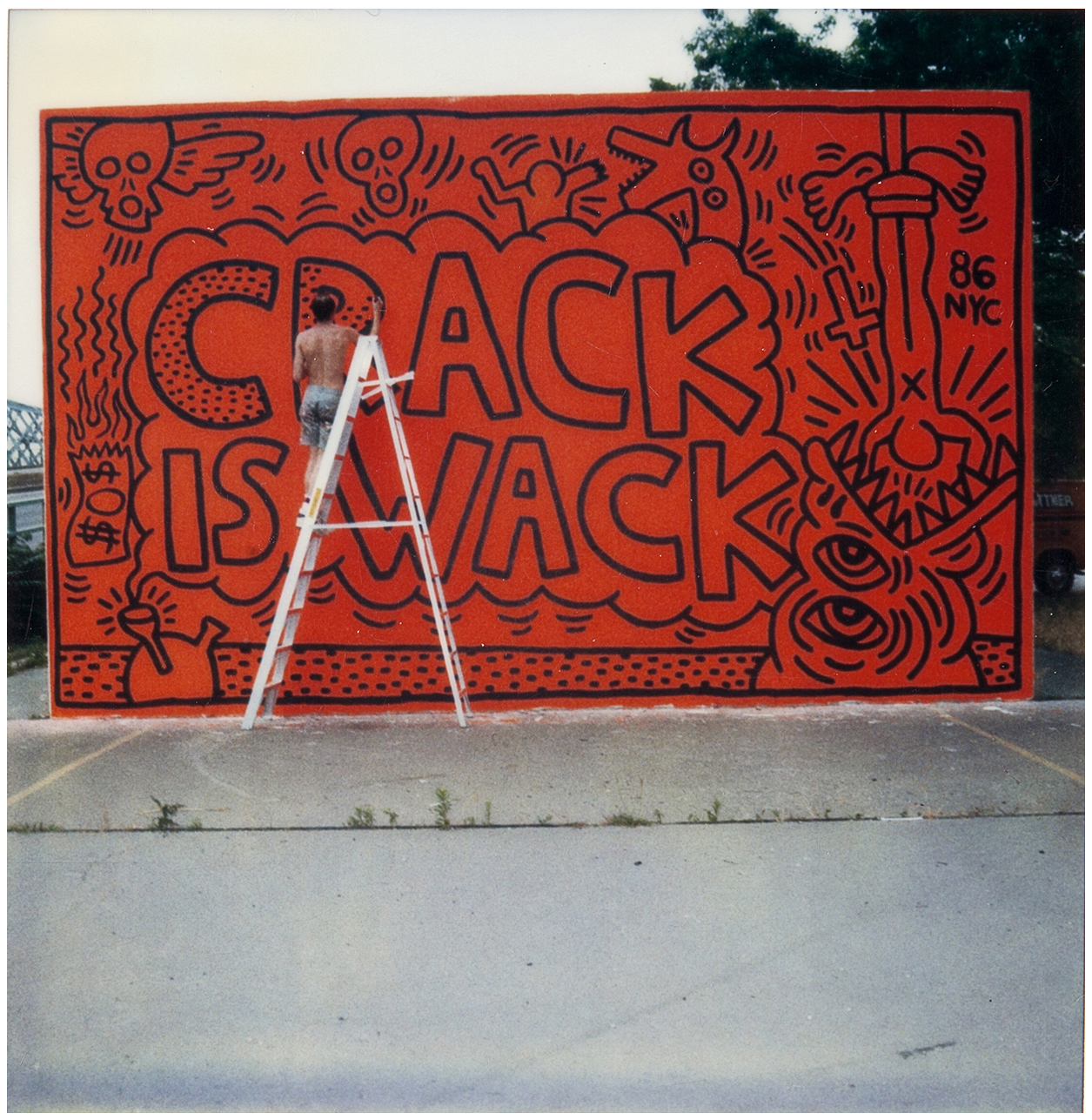Franz West
Artist FactoryDescription
was born in Vienna in 1947 and died there in 2012.
Associated modules
Franz West was an Austrian artist known for his sculptures, collages and furniture. Throughout his life he rebelled against conventions, and you can see that in his art.
Franz West was said that he always believed it would be ideal not to have to do anything and still be able to make a living from it. He got his inspiration from sitting in Viennese coffee houses, talking and working with friends, or simply doing nothing.
Talk about it
What do you consider to be the right breeding ground for creativity and innovative thoughts?
In the 1970s, Franz West began to create sculptures that were meant to be worn and moved by people, like prosthetics. He called them “Passstücke” (fitted pieces). Franz claimed that they only became artworks when they were touched, held, carried, worn or otherwise used.
Discuss
What happens to our relationship to the artwork when we are asked to play with it, touch it, or even wear it?
Among other things, Franz West is associated with large, bead-like aluminum sculptures that can be seen in many parks and cities. They look like snakes or sausages and are painted in bright lacquer colors.
But he also made other sculptures that were not intended to be sat upon or touched. They are mostly made of inexpensive everyday materials. The manufacturing process is visible in his works, nothing is perfect or smooth.
Delve deeper

Franz West
Das Fragile an seiner Kloake, 2007
Vulgar and funny
Franz preferred to use light pastel colors for his art—such as a shade of pink that recalls toothpaste or candy floss.
Ponder this
Franz West’s mother was a dentist, so perhaps his favorite color is reminiscent of toothpaste? How do life circumstances influence us? How deep are memories, especially from childhood and adolescence?
Franz acquired most of his artistic skills himself, but at the age of 30 he began studying art again under the famous professor Bruno Gironcoli at the Academy of Fine Arts in Vienna.
